Spain puts on a great show during the festive time of year and many of its cities look especially Christmassy covered in twinkly lights and pops of colour. Here are some of the cities to visit if you want to see the best displays.
Due to the current energy and climate crisis, many cities in Spain have said that they would shorten the number of hours their Christmas lights are switched on for this year, while others have swapped over to LEDs instead. Some of the best cities for Christmas lights, such as Madrid and Vigo have insisted that they will not cut back on decorations, however, and will still look as magical as ever.
Málaga
The Andalusian city of Málaga is one of the best when it comes to festive atmosphere in Spain, giving a spectacular display of light and colour. The city’s main shopping street – Calle Larios has for the last few years become one of the most famous Christmassy streets in Spain with an incredible show of light and music and decorative elements forming arches over the top of the road.
Over 500 streets around the city are decked in lights and there are also themed video mapping displays shown on the cathedral.
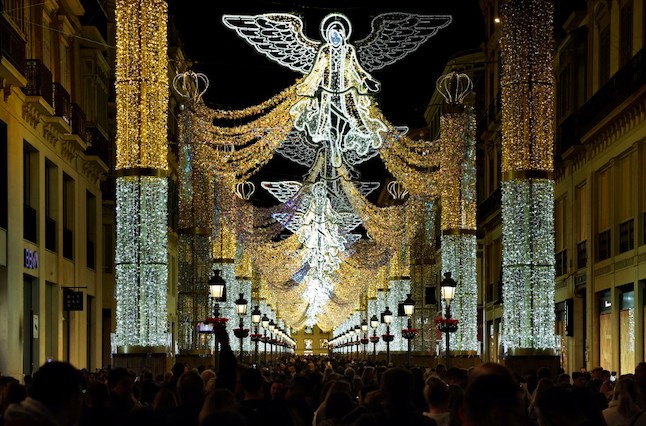
Madrid
Being the capital of Spain, it’s not surprising that Madrid is one of the best places to see the Christmas lights. The city uses no less than 7 million LED lights to light up the streets in the centre, as well as some of its most iconic buildings.
Some of the best places to see the lights include Puerta de San Vicente, Puerta De Alcalá and Puerta de Toledo. More than 40,000 12-meter Christmas lights are also strung up every year between Gran Vía and Calle Alcalá. Madrid’s plazas are decked out in Christmas joy too, with not only lights but lots of sparkly trees. The Plaza Mayor is particularly one of the most festive because of its Christmas market.
Don’t miss one of the city’s most unique Christmas scenes at the Naturaleza Encendida show in the Royal Botanical Gardens.

Barcelona
Christmas lights in the Catalan capital extend 100km throughout the centre, but you’ll find twinkly displays in all of its neighbourhoods too. One of the most impressive areas is the grand Passeig de Gràcia which is typically covered in sparkling spirals as well as reflective metallic-coloured butterflies, which make them twinkle in the daytime too. Emblematic buildings such as Gaudí’s Casa Batlló and the Hotel Majestic also create fantastic displays with candles.
Plaza de Catalunya is another spot where lights abound, particularly around El Corte Inglés and down onto La Rambla. Don’t forget to check out the Christmas video mapping on the Recinte Modernista de Sant Pau, the city’s UNESCO Modernist old hospital.
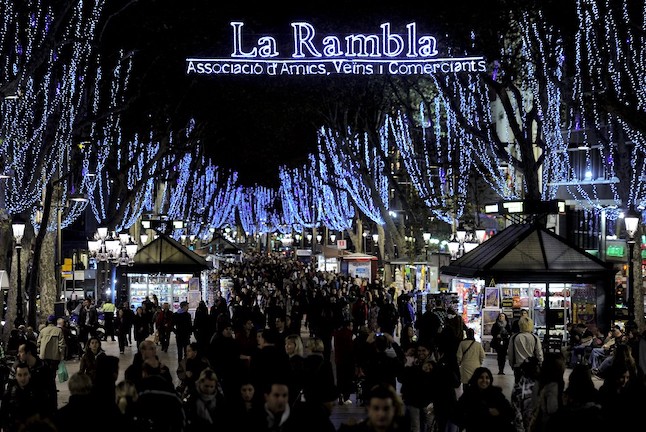
Vigo
Vigo may be one of the smallest cities on our list, but it’s definitely big when it comes to Christmas. It’s said that the mayor of the city Abel Caballero loves this time of year and goes all out when it comes to decorations. Vigo dedicates one of the biggest budgets to its Christmas décor and has installed a system for more than 11 million LED lights for this purpose. Think coloured garlands, luminous figures, bright angels and curtains of glitter.
One of the best places to see them is the city’s Porta do Sol, which also hosts Vigo’s huge Christmas tree. In the past, there has been a 10-metre-high Christmas bauble, a giant present between Gran Vía and Urzáiz, a huge snowman and the bright star of Bethlehem in García Borbón and a magical luminous castle on Calle Policarpo Sanz.

Zaragoza
For the past couple of years, Zaragoza has dedicated a budget of some €700,000 to decorate its streets for Christmas to give more colour and Christmas twinkle to its streets. Alfonso I is one of the best streets, where over 100,000 LED lights make a multi-coloured ceiling across the top of the road. There’s also a 22-metre-high tree located on La Plaza de Basilio, decorated with even more glowing lights.

Bilbao
The Basque industrial city of art and design is no exception when it comes to holiday lighting. The city streets are illuminated by around 500,000 LED lights ranging from around 8 metres to 18 metres high. It’s particularly attractive around the Casco Viejo and its Siete Calles.
Look out for statues of Olentzero, the Basque version of Santa Claus, who is a charcoal maker and comes to bring gifts to the children on Christmas eve.
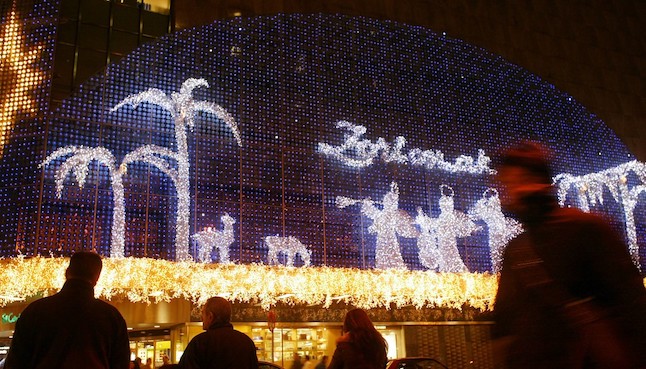
Santa Cruz de Tenerife
The largest city in Tenerife is known for its vibrant nightlife, so it’s not surprising that it puts on a good show at Christmas too. Around 140 of its streets and squares are lit in preparation for the season with around 3 million LED lights.
Typically its decor is made up of 176 arches, 26,334 meters of colourful garlands and 686 Christmas symbols arranged on its lamp posts. One year the city even had a 90-metre-long tunnel made up of cascading coloured lights.

Seville
Like the capital of Andalusia itself, Seville’s lights are both classy and romantic and it’s a special place to enjoy this time of year. It may not have as many lights as nearby Malaga, but what it does do, it does well.
Some of the best places to see them include Plaza de San Francisco, Avenida de la Constitución, Sierpes e Imagen, Tetúan, Laraña, Campana, Plaza del Salvador, Asunción and Alfonso XII.

Valencia
Valencia is another great city to spend the holidays in Spain and puts on a great show with its Christmas lights. One of the most iconic parts of Valencia’s holiday season is the video mapping projected onto its town hall.
Plaza de la Reina will have three-meter structures that are made to look like almond trees and there will be other festive elements like ice skating rinks and Christmas concerts.
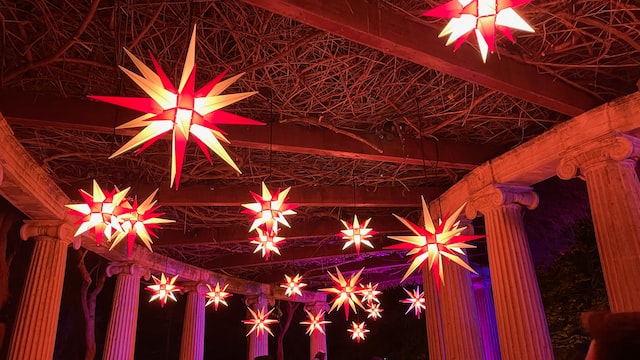

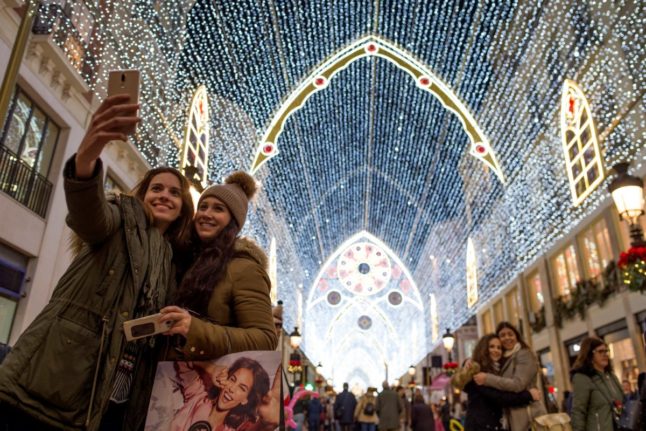

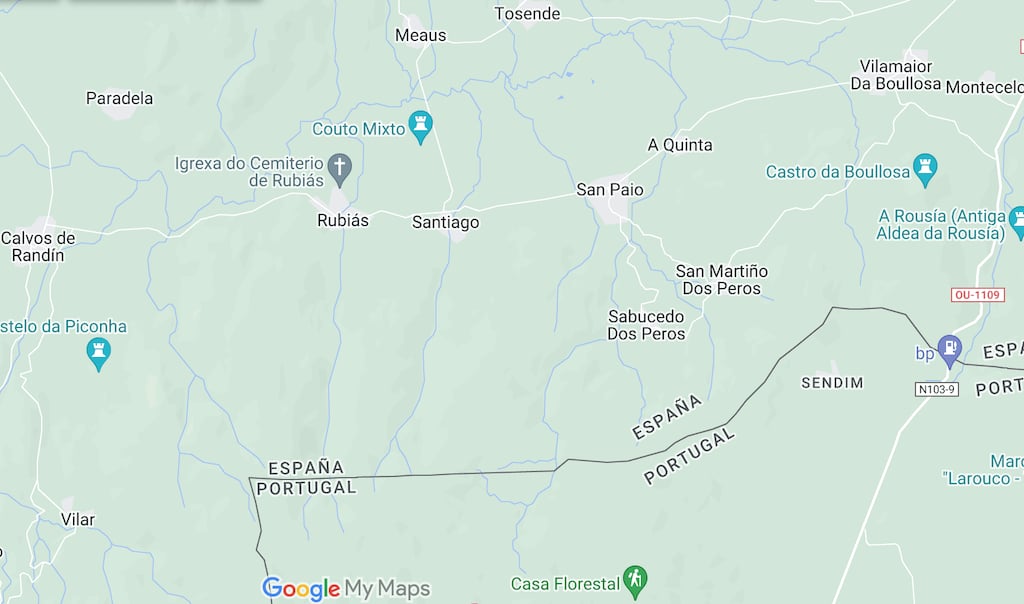
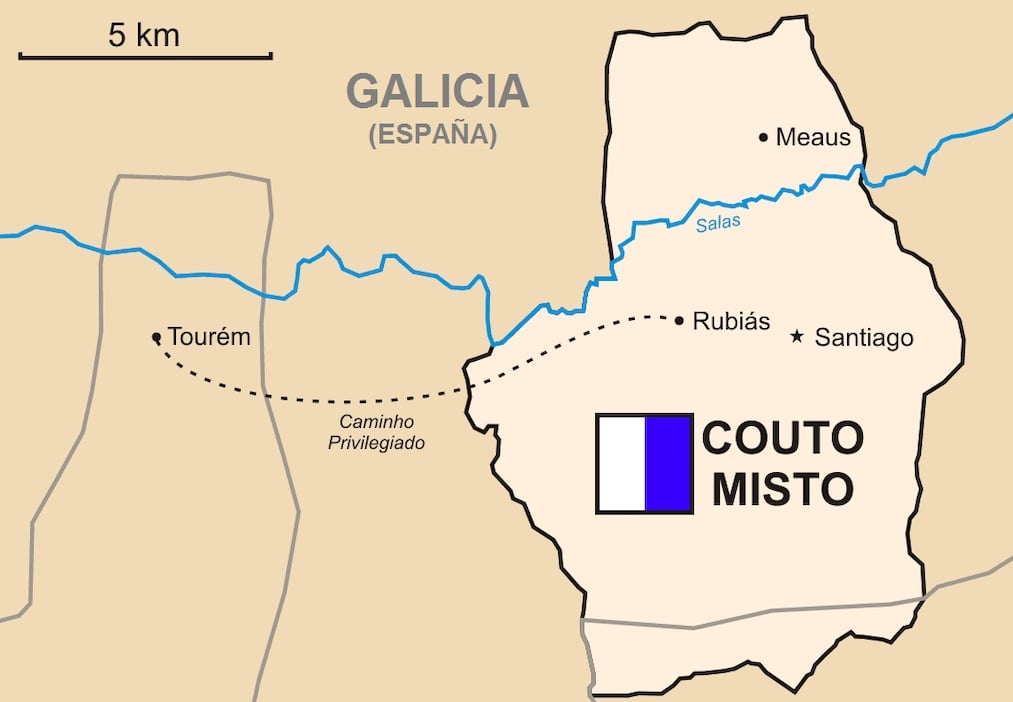
 Please whitelist us to continue reading.
Please whitelist us to continue reading.
Did I misread the email about this article? I thought it was free to read for non-subscribers. I wanted to share it (and I was even encouraging others to subscribe) but was told the link is blocked.